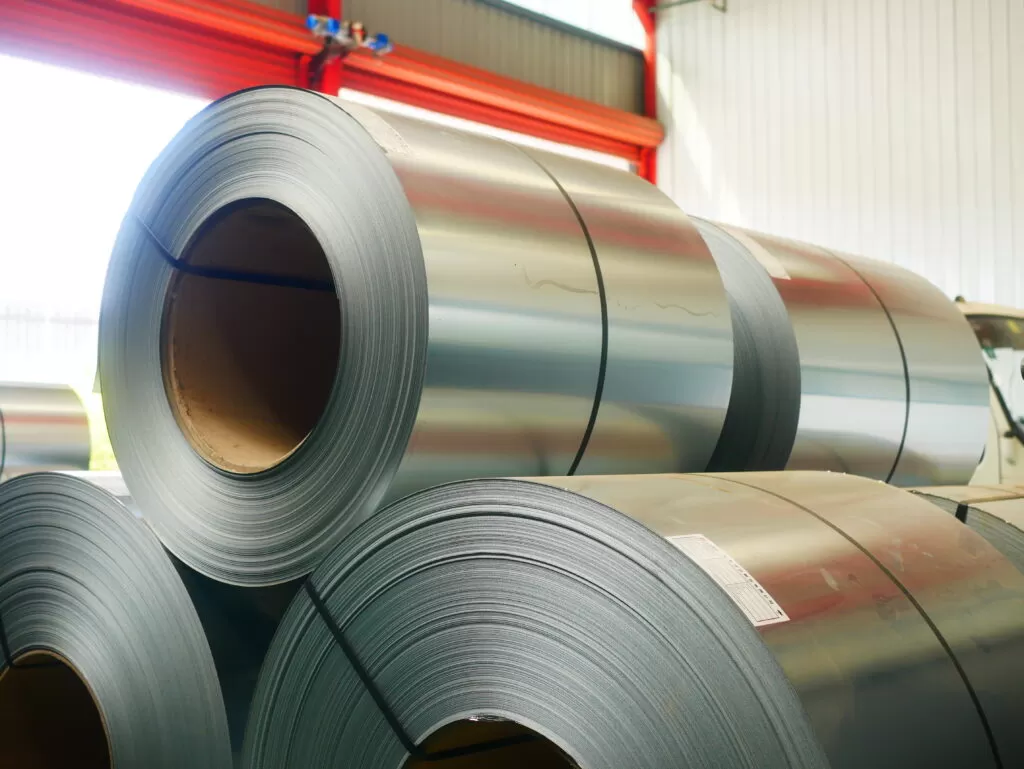Aluminum is one of the most versatile and widely used metals in the world and is commonly used in a range of industrial applications. One of the most popular forms of aluminum is the aluminum coil, which is widely used in a variety of industries for its unique properties.
Building and Construction
Aluminum coil is widely used in the building and construction industry for roofing, siding, gutters, and other applications. The lightweight nature of aluminum makes it easy to work with and reduces the overall weight of the building, which can help to improve energy efficiency.
Transportation
Aluminum coil is also used extensively in the transportation industry, where it is used for the manufacturing of cars, trucks, trailers, and other vehicles. The lightweight nature of aluminum coil makes it an ideal replacement for heavier materials, such as steel, which can help to improve fuel efficiency and reduce emissions.
Electrical
Aluminum coil is also used in the electrical industry for its excellent conductivity and corrosion resistance. It is commonly used in the manufacturing of electrical equipment, such as transformers, capacitors, and wiring.
Packaging
Aluminum coil is widely used in the packaging industry for the manufacturing of food and beverage cans, as well as other packaging materials. The excellent barrier properties of aluminum make it an ideal material for use in packaging, where it can protect the contents from moisture, oxygen, and other contaminants.
Heat Transfer
Aluminum coil is also used in the manufacturing of heat exchangers, such as air conditioning and refrigeration units. The excellent heat transfer properties of aluminum make it an ideal material for use in heat transfer applications, where it can help to improve energy efficiency and reduce operating costs.
Marine
Aluminum coil is also used in the marine industry for the manufacturing of boats, ships, and other marine equipment. The corrosion-resistant properties of aluminum make it an ideal material for use in marine environments, where exposure to saltwater and other corrosive elements is a concern.

One of the main limitations of using aluminum coil is the cost. Aluminum is generally more expensive than other metals like steel or copper, which can make it less accessible to some industries on a tight budget. The cost of aluminum can also fluctuate based on market demand and other economic factors, which can make it difficult to predict and plan for the cost of materials.
While aluminum is a strong and durable metal, it may not be as strong as other metals like steel or titanium. This can limit its use in applications that require high strength and load-bearing capacity. However, aluminum can be reinforced with other materials to increase its strength and durability.
Aluminum is highly resistant to corrosion, but it is not completely immune. In certain environments, such as marine or industrial settings, aluminum can still corrode over time. This can lead to degradation and failure of aluminum components, which can be costly to repair or replace.
Aluminum can be prone to surface imperfections, such as scratches or dents, which can affect its appearance and performance. This is particularly relevant for applications where aesthetics are important, such as consumer goods or architectural features. However, these imperfections can often be corrected with proper finishing techniques.
Aluminum can be more difficult to weld than other metals due to its low melting point and high thermal conductivity. This can make welding aluminum more challenging and time-consuming, which can increase the cost of production.
While aluminum is a highly recyclable material, the recycling process can be energy-intensive and expensive. This can make it less environmentally friendly than other materials like steel or copper, which can be recycled more easily and at a lower cost.

The manufacturing process of aluminum coil begins with the extraction of bauxite, which is a type of ore that contains aluminum. Bauxite is mined from the earth and then refined into alumina, which is a white powder that contains aluminum oxide.
The alumina is then smelted in a furnace at high temperatures to produce liquid aluminum. The liquid aluminum is then cast into ingots, which are large blocks of aluminum that are used as raw material for further processing.
The ingots are then heated and rolled through a series of mills to reduce their thickness and form them into coils. The rolling process can be performed using hot or cold rolling methods, depending on the desired thickness and properties of the aluminum coil.
After the rolling process, the aluminum coil is then treated with a variety of finishing techniques to improve its surface finish and other properties. This can include annealing, which involves heating the aluminum coil to a specific temperature and then slowly cooling it to improve its strength and ductility. Other finishing techniques can include polishing, coating, or painting the aluminum coil to enhance its appearance and corrosion resistance.
The final step in the manufacturing process of aluminum coil is to cut it to the desired length and shape for use in different industrial applications. The aluminum coil can be cut using a variety of methods, such as shearing, slitting, or sawing.

High quality is inseparable from strong quality control and inspection testing. All the products we offer are strictly in line with international standards.
Address:
No.31 Longcheng Road, Shibei District, Qingdao city, Shandong Province, China
We will get back to you within 12 hours.